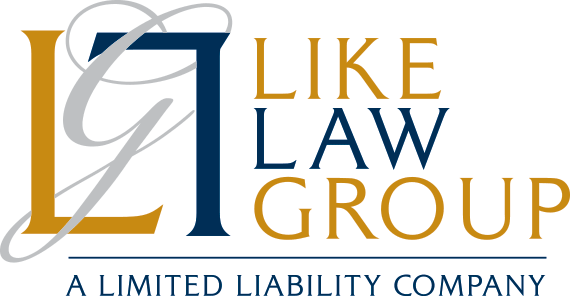Wills and living trusts are two of the most fundamental estate planning documents. While both accomplish the same primary objective in an estate plan of directing the distributions of your money and property to your desired beneficiaries after you pass away, a revocable living trust, often referred to simply as a living trust or an inter vivos trust, provides added flexibility and functionality, including incapacity planning.
Like other types of trusts, there are three roles under a revocable living trust:
- The person who creates the trust, called the trustmaker, grantor, settlor, or trustor (Indiana statutes typically uses the term “settlor” but sometimes clients more easily understand the term “trustmaker” and we will use this term in this article)
- The person who manages the trust and the accounts and property it owns, known as the trustee
- The person who receives money and property from the trust, called the beneficiary
Before setting up a revocable living trust, you should understand what you can—and cannot—do in your dual role as trustmaker and trustee. Living trusts are complex legal documents that need to be drafted carefully with help from an estate planning attorney.
Two Phases of a Living Trust: Today and Tomorrow
The living trust is a powerful tool that affects your life today and throughout certain events into the future, such as incapacity or death.
The Living Trust While You Are Alive
After creating a trust, as the trustmaker, you must retitle accounts and property that you want to be transferred to the trust—such as real estate, financial accounts, stocks, and bonds—from your name to the trust’s name. Even after this transfer, as trustee, you retain control over them and will manage them for your benefit throughout your lifetime while you have capacity.
Any time before your death, while you are mentally capable of managing your affairs, you have the legal authority to alter, amend, or even revoke the living trust as the trustmaker. For example, you can place additional money or property in the trust or take money and property out of the trust, make investment decisions about the trust’s accounts, add or remove beneficiaries and successor trustees, and change the rules regarding when and how your beneficiaries receive their inheritance.
However, because it is your trust and you retain control over the trust’s accounts and property, there are some things you cannot do.
- You cannot use the trust to shield or protect accounts and property from your creditors.
- You cannot avoid paying taxes on income earned by the trust. Because no separate tax identification number is required for trust income, income on the trust’s accounts and property must be reported on your personal tax return.
- You cannot perform trust-related business, like making investments, taking disbursements, and paying taxes, individually. You will need to sign as the trustee instead of as an individual. This limitation is manageable, however. It usually means you will sign as “John Doe, Trustee of the John Doe Trust” instead of “John Doe.”
The Living Trust After You Die (or Become Incapacitated)
This brings us to the next phase of a revocable trust: the time after your death or incapacitation.
When you pass away or suffer from incapacity (i.e., you cannot administer the trust yourself), a successor trustee of your choosing takes over trust administration per the instructions you provide in the trust document.
Depending on the trust’s terms, the successor trustee may be responsible for managing the trust’s accounts and property for an extended period on behalf of the beneficiaries and terminating the trust and distributing its money and property to the beneficiaries. If you become incapacitated, the successor trustee can serve in this role for as long as you are unable to manage your affairs. While you are alive and unable to manage your affairs, you are not allowed to be a trustee, but you will still be a trust beneficiary, so you will not be left penniless.
Many revocable trusts will close within a few years of the trustmaker’s death. Still, some may remain open for years, such as those holding accounts and property for a minor beneficiary until they hit a certain age or milestone, as specified by you in the trust agreement. In either case, it is a good idea to name a backup successor trustee if something happens to the original successor trustee and they can no longer serve.
Get an Estate Plan That Fits Your Needs and Goals
Creating a living trust makes you a wearer of many hats. You are the creator of the trust, the initial trustee, and the beneficiary. Each role comes with unique powers and duties that apply both now and upon the occurrence of certain future events, such as your incapacity or death.
Please contact us today to schedule an appointment with one of our attorneys so you can learn more about these roles and duties. Only when you understand these roles can you go on to craft your estate plan in a way that will best meet your goals.



